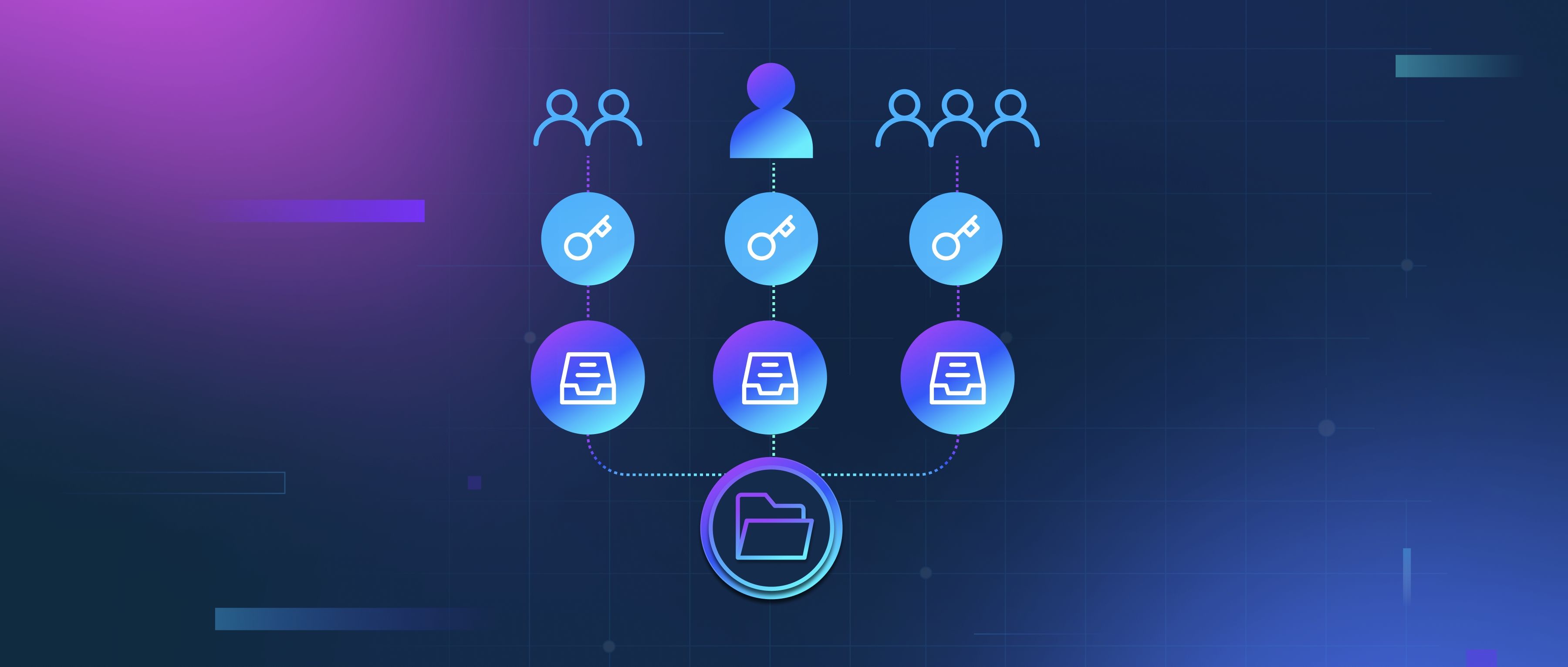Batch processing and asynchronous calls improve the throughput of a RAG (Retrieval-Augmented Generation) system by optimizing resource utilization and reducing idle time. In a typical RAG workflow, each query involves retrieving relevant data from a knowledge source (e.g., a vector database) and generating a response using a language model. Processing queries one at a time underutilizes hardware like GPUs, which excel at parallel computation. Batch processing groups multiple queries into a single batch, allowing the retrieval and generation steps to handle multiple requests simultaneously. For example, a GPU can process 10 queries in a batch nearly as quickly as one, increasing the number of queries handled per second. Similarly, asynchronous calls decouple the submission of requests from their processing, enabling the system to overlap operations (e.g., fetching data for one query while generating a response for another). This prevents bottlenecks where the system waits for one step to finish before starting the next.
The throughput gains come from reduced overhead and better hardware utilization. For retrieval, batch processing allows the database to fetch multiple sets of relevant documents in a single operation, minimizing round trips. For generation, batched inference leverages matrix operations optimized for GPUs, which process large input batches more efficiently than individual requests. Asynchronous calls further improve throughput by allowing components like the retriever and generator to operate independently. For instance, while the generator is processing a batch of queries, the retriever can asynchronously fetch data for the next batch in parallel. This pipeline-like approach ensures that neither component sits idle, maximizing overall system capacity. However, these optimizations focus on total system output rather than individual query speed.
The trade-off is increased single-query latency. Batch processing introduces delays because the system must wait to accumulate enough queries to form a batch. For example, if a batch size of 10 is optimal, a single query might wait for nine others to arrive before processing, adding latency. Asynchronous calls can also increase perceived latency for individual users if the system prioritizes throughput by reordering or queuing requests. However, in high-traffic scenarios where batches fill quickly, the impact on latency is minimized. For applications requiring real-time responses (e.g., chatbots), smaller batch sizes or hybrid approaches (e.g., partial asynchronous processing) can balance throughput and latency. Developers must weigh the use case: batch/async improves scalability for bulk processing but may not suit low-latency requirements unless optimized carefully.
